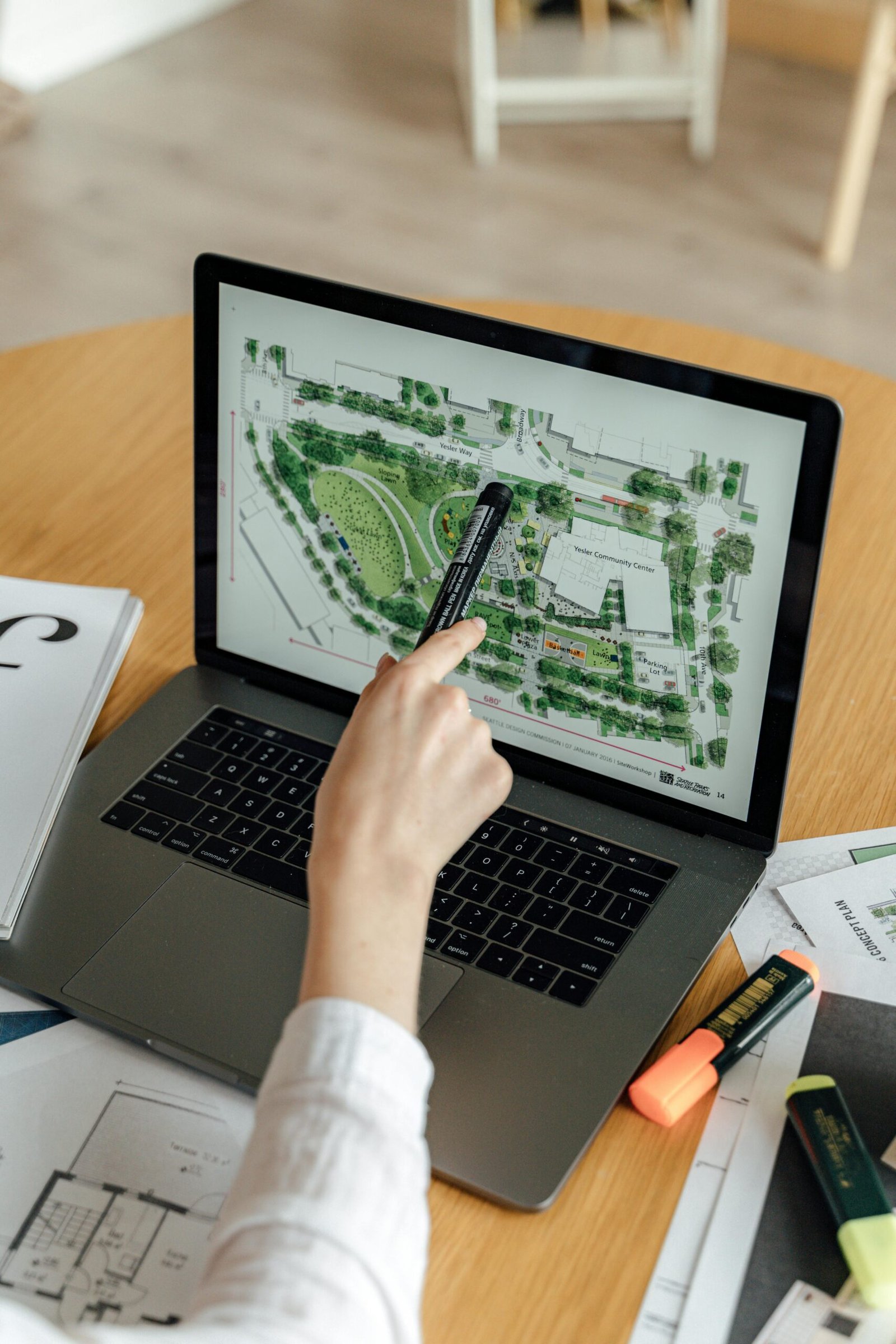Contents
ToggleOvercoming Barriers to Sustainability in MEP Engineering
The construction industry is increasingly embracing sustainability, yet significant barriers persist in the widespread adoption of sustainable practices within Mechanical, Electrical, and Plumbing (MEP) engineering. This section explores these challenges and outlines strategies to overcome them, paving the way for a more sustainable built environment.
1. The “Green Premium” Hurdle:
- Challenge: Sustainable technologies and materials often come with a higher upfront cost, deterring clients focused on immediate financial returns.
- Solution:
- Conduct comprehensive Life-Cycle Cost Analyses (LCCA) to demonstrate long-term cost savings through reduced energy consumption, lower maintenance costs, and increased property value.
- Leverage available incentives, such as tax credits and rebates, to offset initial investments.
- Present compelling case studies showcasing successful sustainable projects that have achieved significant long-term financial benefits.
2. Bridging the Knowledge Gap:
- Challenge: A lack of awareness and understanding of sustainable MEP practices exists among both clients and some engineers, hindering their adoption.
- Solution:
- Implement targeted education programs, including workshops, training sessions, and accessible online resources, to disseminate knowledge about sustainable MEP solutions.
- Foster open dialogue between engineers, clients, and other stakeholders to discuss the benefits and feasibility of green building practices.
- Emphasize the advantages of energy-efficient systems, renewable energy integration, and sustainable water management strategies.
3. Navigating the Regulatory Landscape:
- Challenge: Complex and sometimes ambiguous building codes and regulations can create significant obstacles for project teams.
- Solution:
- Stay abreast of the latest building codes, standards, and certifications related to sustainability.
- Proactively engage with regulatory bodies to seek clarification and guidance on compliance requirements.
- Build strong relationships with regulatory agencies to facilitate smoother project approvals.
4. Addressing the “Resistance to Change”
- Challenge: Inertia and a reluctance to deviate from traditional methods can hinder the adoption of innovative, sustainable solutions.
- Solution:
- Foster early and continuous engagement with all stakeholders, including clients, contractors, and architects, throughout the design and construction process.
- Present compelling evidence of the success of past sustainable projects to demonstrate the feasibility and benefits of green building practices.
- Highlight the positive impact of sustainable solutions on occupant health, well-being, and overall building performance.
5. Overcoming Material and Technological Limitations:
- Challenge: Limited availability and high costs of sustainable materials and technologies can constrain design options.
- Solution:
- Actively research and source sustainable materials and technologies from a diverse range of suppliers.
- Collaborate with local manufacturers to increase the availability and affordability of green building products.
- Explore innovative and locally sourced alternatives to traditional materials whenever possible.
6. Enhancing Interdisciplinary Collaboration:
- Challenge: Fragmentation of responsibilities among different disciplines can hinder the effective implementation of integrated sustainability solutions.
- Solution:
- Promote interdisciplinary collaboration through regular communication, team meetings, and integrated project delivery (IPD) approaches.
- Encourage early involvement of MEP engineers in the design process to ensure the seamless integration of sustainable solutions.
- Foster a collaborative and communicative project environment that values the input of all stakeholders.
7. Empowering the MEP Workforce:
- Challenge: A lack of training and expertise in sustainable technologies among MEP engineers can limit the effective implementation of green building practices.
- Solution:
- Encourage ongoing professional development through workshops, certifications, and industry conferences focused on sustainable MEP design and technologies.
- Foster a culture of continuous learning within engineering firms through mentorship programs, peer-to-peer learning, and knowledge sharing initiatives.
8. Shifting the Focus to Long-Term Value:
- Challenge: A short-term focus on immediate costs can overshadow the long-term benefits of sustainable investments.
- Solution:
- Emphasize the long-term value proposition of sustainable solutions, including increased property value, improved occupant comfort, and reduced environmental impact.
- Utilize Total Cost of Ownership (TCO) analysis to demonstrate the long-term financial benefits of sustainable investments.
- Clearly communicate the environmental and social benefits of sustainable building practices to all stakeholders.
Conclusion
Overcoming the barriers to sustainable MEP engineering requires a multi-faceted approach that addresses the concerns of all stakeholders. By fostering collaboration, promoting education and training, and emphasizing the long-term value of sustainable solutions, the construction industry can move towards a more sustainable and resilient future.












